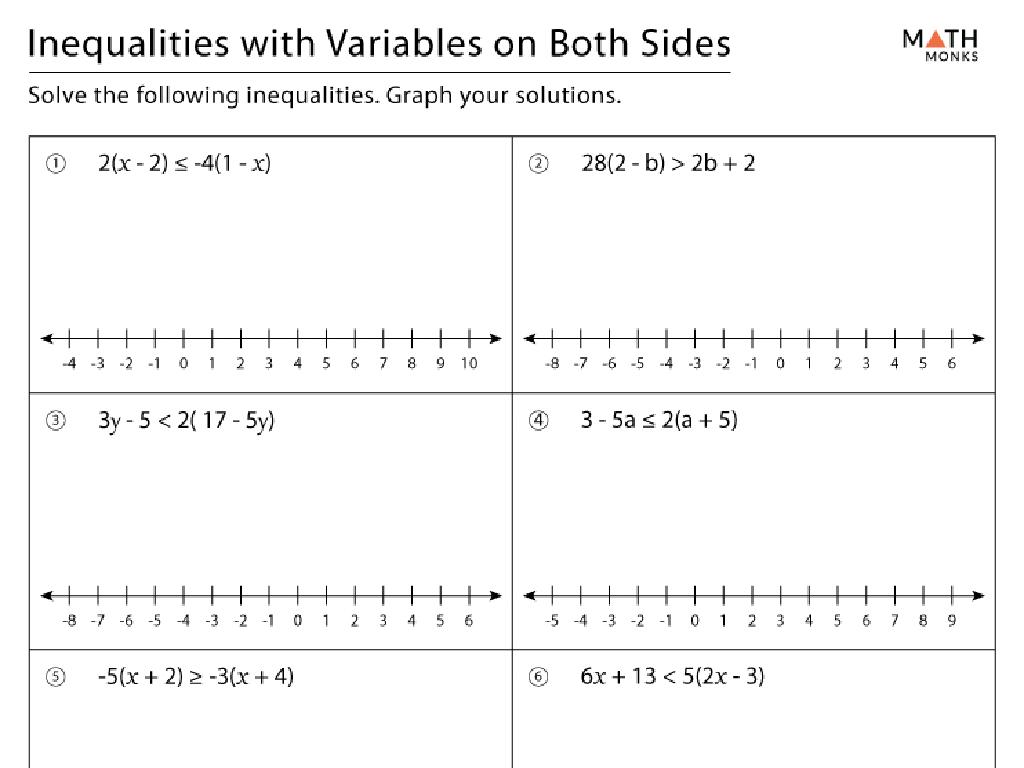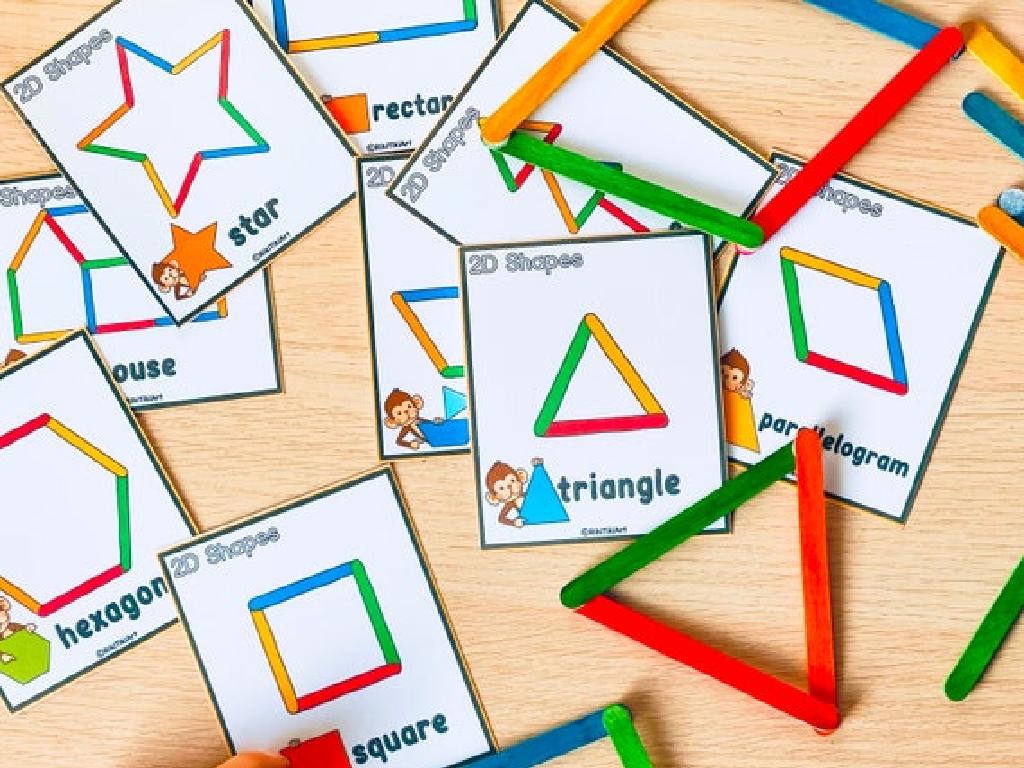Choose Reasons To Support An Opinion
Subject: Language arts
Grade: Fourth grade
Topic: Distinguish Facts From Opinions
Please LOG IN to download the presentation. Access is available to registered users only.
View More Content
Facts vs. Opinions: Building Strong Arguments
– What’s a fact and what’s an opinion?
– A fact is something true and can be proven. An opinion is what someone believes.
– Examples of facts vs. opinions
– Fact: The sky is blue. Opinion: Pizza is the best food.
– Reasons to support your opinion
– To convince others, use strong reasons that are backed by facts.
– The role of facts in opinions
– Facts make your opinion stronger and more believable.
|
In today’s lesson, we’ll explore the differences between facts and opinions. Understanding this distinction is crucial for students as they learn to form and express their own opinions in a persuasive manner. Start by defining a fact as something that can be proven true, like a scientific observation. Contrast this with an opinion, which is a personal belief or preference. Provide clear examples to illustrate the difference. Emphasize the importance of supporting opinions with facts to make a convincing argument. This foundational skill will aid students in critical thinking and effective communication. Encourage them to think of their own examples and to practice distinguishing between the two concepts.
Understanding Facts in Opinions
– Define a fact
– A fact is a statement that can be proven true or false.
– Examples of proven facts
– ‘Water freezes at 0°C’ or ‘The Earth orbits the Sun’
– Verifying factual information
– Check evidence, look for proof or research to confirm.
– Differentiating facts in opinions
|
This slide aims to help students understand what a fact is and how it differs from an opinion. Begin by defining a fact as something that can be proven true or false. Provide clear examples of facts that are relevant and understandable to fourth graders, such as simple scientific truths or historical facts. Teach students how to verify if something is a fact by checking for evidence, looking for proof, or doing research. Emphasize the importance of distinguishing facts from opinions when forming and supporting their own opinions. Encourage students to always seek out and verify facts before accepting them as true.
Understanding Opinions
– What is an opinion?
– An opinion shares personal beliefs or feelings.
– Examples of opinions
– ‘Pizza is the best food.’ or ‘Summer is better than winter.’
– Opinions: right or wrong?
– Opinions are not about right or wrong, but perspectives.
– Expressing your own opinions
|
This slide introduces the concept of opinions to the students. Begin by explaining that an opinion is what someone thinks or feels about a subject, and it can vary from person to person. Provide clear examples of opinions, such as preferences for food or seasons, to illustrate that they are subjective. Discuss with the class that opinions are not facts and cannot be proven right or wrong; they are based on personal views. Encourage students to think about their own opinions and how they might differ from others. This will set the stage for understanding how to choose reasons to support their own opinions in discussions or writing.
Comparing Facts and Opinions
– Define facts and opinions
– Facts are statements that can be proven. Opinions express personal feelings or beliefs.
– Fact vs. opinion in statements
– Sometimes statements can have both, like ‘The sun is hot, and I love it!’
– Activity: Identify facts and opinions
– We’ll practice distinguishing facts from opinions using example sentences.
|
This slide introduces the concept of facts and opinions, which is crucial for developing critical thinking and analytical skills in language arts. Begin by defining a fact as a statement that can be proven true or false, and an opinion as a personal belief or feeling. Discuss how some statements can contain both elements, providing examples for clarity. The class activity will involve students identifying facts and opinions in given sentences, which will help solidify their understanding. For the activity, prepare sentences that clearly illustrate facts, opinions, and a mix of both. Encourage students to explain their reasoning for each identification to foster discussion and deeper comprehension.
Supporting Opinions with Reasons
– Importance of reasons for opinions
– Reasons make opinions more convincing
– Choosing strong reasons
– Look for facts and experiences to explain why
– Example: Longer Recess
– ‘Recess should be longer’ because it allows more exercise and playtime
– Discussing reasons with peers
|
This slide aims to teach students the importance of backing up their opinions with solid reasons. Explain that having reasons for opinions makes them stronger and more persuasive. Teach students to choose reasons based on facts, personal experiences, or observations that can support their opinion effectively. Use the example of a longer recess to illustrate how a reason can support an opinion, highlighting the benefits of exercise and play. Encourage students to think of their own opinions and reasons, and to practice discussing and sharing these with their classmates to build their reasoning and persuasive skills.
Let’s Practice: Supporting Your Opinion
– Write an opinion on your favorite book
– Pick two strong reasons for your choice
– Think about why it’s your favorite: Is it exciting? Funny? Interesting?
– Share and discuss with a classmate
– Reflect on the reasons given
– Consider how your reasons convince others
|
This activity is designed to help students practice expressing their opinions and supporting them with strong reasons. Students will choose their favorite book and write down their opinion about why it’s their favorite. They should focus on finding two compelling reasons that support their opinion. Encourage them to think about what makes the book stand out to them personally. After writing, students will pair up to share their opinions and discuss their reasons. This will help them understand the importance of having clear and persuasive reasons when sharing an opinion. As a teacher, facilitate the discussion by asking probing questions that help students delve deeper into their reasons. Possible activities for different students could include drawing scenes from the book that support their opinion, writing a short paragraph about their favorite character, or even acting out a part of the book that they feel strongly about.
Class Activity: Crafting Opinion Posters
– Create a poster stating your opinion
– List three reasons supporting your view
– Reasons should be strong and convincing
– Share your poster with the class
– Practice speaking clearly and confidently
|
This activity is designed to help students understand the importance of supporting their opinions with reasons. Each student will choose a topic they are passionate about and create a poster that clearly states their opinion. They must then think critically to come up with three strong reasons that support their opinion, which will be written on the poster. When presenting, encourage students to speak clearly and confidently, making eye contact with their classmates. For teachers: prepare a list of topics for students who may have difficulty choosing one, ensure materials for poster creation are available, and create a supportive environment for sharing opinions. Possible topics could include school uniforms, homework policies, or favorite books.
Concluding Facts vs. Opinions
– Recap facts vs. opinions
– Facts are true and can be proven; opinions are beliefs and can vary.
– Why support opinions with reasons
– Giving reasons for opinions makes your argument stronger and more convincing.
– Homework: Analyze an article
– Find facts and opinions in a news article and note down reasons for one opinion.
– Be ready to discuss your findings
– Think about how you decided if a statement was a fact or an opinion.
|
As we wrap up, remember that facts are statements that can be proven true, while opinions are beliefs or judgments that can be agreed or disagreed with. It’s crucial for students to understand the importance of backing up their opinions with solid reasons, as this strengthens their arguments and persuasive skills. For homework, students should find a news article, distinguish between the facts and opinions presented, and write down the reasons supporting one of the opinions. This exercise will help reinforce their understanding and prepare them for a class discussion. Encourage them to think critically about the reliability of the reasons they find and to be ready to explain their thought process during the next class.






